The destruction of a state-of-the-art helicopter is a tale of circumstances trumping technology, as Adrian Park writes.
On the evening of 13 March 2014, the high-velocity impact of a state-of-the-art helicopter, an AgustaWestland 139 (AW139), illustrated the tragic irony that though we are living in the age of uber-machines, we are not living in the age of accident-less machines. Aviation technology has produced impressive advances over the last few decades. Composites and computers are the order of the aeronautical day and the latest aircraft have more speed, more power and more tech than ever before. Cockpits wrap ergonomically around pilots like command centres with impressive multi-colour displays and digitised flight management systems.
The AW 139 is such a machine—it featured on the popular ‘Mega Factories’ television program along side other ‘super-machines’ such as the Lamborghini Murcielago, the Corvette ZR1 and the Maserati GranTurismo. Among such hype, it’s easy to see how one might feel that the machine’s power, speed and tech make an accident … well, almost irrelevant. But tech, even super-tech, has not eradicated the devastation of an accident. This was true when a certain ‘unsinkable’ super-ship and an unsophisticated iceberg met in frigid seas a hundred years ago. It was still true in this accident, when an AW139 met its lethal end in the damp soil of Norfolk, killing four people including a British aristocrat.
Edward Haughey, known as Lord Ballyedmond, had purchased the AW139 and registered it with the personalised tag G-LBAL because of its much-vaunted capabilities. As a millionaire entrepreneur and member of the House of Lords, he wanted the best helicopter money could buy. He would not have wanted what happened next. Having been delayed beyond sundown, Lord Ballyedmond’s pilots were growing increasingly nervous about the darkness and a thickening layer of fog. The cockpit voice recording, of the minutes before engine-start, captures their concern:
Co-pilot: ‘[unintelligible] I don’t mind telling you I’m not **** very happy about lifting out of here’.
Pilot in command (PIC): ‘It should be okay it’s… I don’t think it is… because you can still see the moon…’
It would not be ok. After the two passengers had been ushered quickly into the waiting machine, the engines were started and the helicopter manoeuvred to the centre of the field. By now the fog had thickened into what locals would later describe as a classic ‘pea-souper’. The PIC, the pilot on the controls, briefed the co-pilot in one sentence that he would be departing vertically and to make sure the heading bug was central. With that, power was applied and the aircraft began to climb rapidly into darkness and fog.
For a few brief moments all was well, and the aircraft climbed vertically maintaining its hover attitude. In helicopters, at least in nil wind, the hover attitude is a non-accelerative, speed-stable attitude and so the first thirty feet of the climb was uneventful.
However, as the AW139’s altitude increased, the visual cues available to the pilots decreased. At about 30 ft above ground level (AGL) and with the PIC probably being deceived by proprioceptive cues (known colloquially as ‘using the force’ rather than the instruments), the nose of the aircraft began pitching down. By 120 ft AGL, the nose of the aircraft had pitched to 15 degrees below the horizon, causing the aircraft to accelerate forward rapidly. The co-pilot declared to the PIC ‘nose down [commanders name]’ but the nose only lowered further until it reached a peak down-value of 35 degrees—extreme, even for a visual departure.
With the disc vectors all wrong, that is, with more forward thrust than upward thrust, the super-engines of the AW139 were now working against the crew and the aircraft accelerated—still dangerously pitched down—towards the unforgiving ground. The co-pilot again declared ‘nose down’ but the only response was an increase in collective, which increased the engine torques to their limits. With the excessive pitch-down attitude, the aircraft’s speed and rate of descent increased even further.
The AW139, exquisitely engineered—‘bigger, better and faster’—impacted violently with a line of large hay bales at 90 kt and 2400 ft per minute. With engine torques maxed out at 142 and 158 per cent and rotor speed drooped to 93 per cent, the helicopter tilted up violently on its nose and planted its rotor blades into the dirt.
As the blades broke apart, the aircraft’s inertia caused the fuselage to bounce and become airborne spinning through 180 degrees, shedding blades and tail-boom pieces, before finally coming to a mangled and unsurvivable stop at the far end of the field.
The accident investigation bulletin stated the AW139 performed ‘as expected’ on the evening of the accident; that is, the accident was not attributable to mechanical malfunction or deficiency. The super-powerful engines, the advanced flight control system and the superb flight management systems were ‘uber’ all the way to the scene of the accident. They did not cause the accident, but neither did they prevent it. This is the irony of advanced technologies—uber-fast, powerful, capable and yet all that ‘uber’ so easily subverted by human factors issues as old as Biggles.
What were these factors? Let’s sum them up in three main categories: judgement, training and governance.
Judgement
The probability of fog and of a later departure were well known to the crew as the cockpit transcript from the previous flight shows:
Co-pilot: ‘Is he aware of the weather situation is he’.
PIC: ‘Told [name of owner’s personal assistant]’.
Co-pilot: ‘Yeah I know that (brief pause) what I’m saying is are you going to tell him’.
PIC: ‘No… (pause) **** it it’s down to them (pause) if he asks I’ll tell him (pause) I said I’ll check the weather when I get to Norwich and give them an update (pause) that’s what I’ll do’
Co-pilot: ‘If I had my case with me I wouldn’t mind you being so bold (pause) but (pause) the only people who’ll lose out is probably me and you’.
The pressure of flying aristocracy is clearly an influence as the two pilots discuss the weather forecast and the widespread fog. The ‘he’ in the transcript above is Lord Ballyedmond who, as a self-made millionaire with an appointed (not inherited) lordship, was probably used to taking ‘yes’ for an answer. The Irish lord did not like to be let down: he was in the process of suing AgustaWestland for alleged faults and deficiencies in his helicopter. The co-pilot seems to acknowledge the tacit pressure to ‘push on’ when he says ‘If I had my case [the co-pilot’s overnight case] with me I wouldn’t mind you being so bold…the only people who’ll lose out is probably me and you’. His words had a strange prescience except he was wrong on who would ‘lose out’—it wasn’t just the two of them, it was everyone on board. Despite the spectacular reputation of the aircraft they were flying, basic decision-making held far more safety-sway than technology—as it always has.
Training
Second in the list of factors subverting the impressive tech of the AW139 was training. Investigators noted as a contributing factor a lack of low-visibility departure training. Zero-visibility take-offs are not normally made by civilian operators. They are, however, trained and practised for in the military. The training involves a generous serve of theory and practice detailing the hazards involved and the correct use of the automatic flight control system (AFCS). There is no such formal training in the civilian world.
The AW139 has the most advanced AFCS on the market, but instead of using this to good effect—to maintain a ‘gentlemanly’ accelerative and roll attitude—the PIC essentially ‘mashed the trims’, which meant he held the force trim release down and flew the machine manually. This meant no pitch or roll ‘attitude hold’ and as a result, when the somatogravic illusion exercised its insidious influence, the pilot inadvertently induced an accident-causing pitch down.
As the investigation noted when consulting the helicopter manufacturer, the AW139 ‘had responded appropriately to the crew inputs according to the recorded data’. That is, the super aircraft with its super-systems perfectly responded to a perception-induced error all the way to its own grave. With proper training and proper use of the AFCS, the aircraft would quite probably have flown away safely.
Governance
Of course, that doesn’t explain why the take-off was attempted in the first place and, notwithstanding earlier comments about decision-making, leads to the third contributing factor: insufficient governance prohibiting zero-visibility take-offs.
Since the aircraft was operating privately, it was not subject to the rules prohibiting other operators from taking off with zero-vis. Sadly, in the mid 1990s when an S76 VIP helicopter from the same operator (Lord Ballyedmond’s aviation company) crashed into a mountainside, the recommendation was made to apply the same poor weather limitations to private helicopter operations as those applying to transport operations.
The argument was many VIP helicopter flights were operating similar aircraft with similar carrying capacity as transport operators—yet with minimal legislation. This recommendation was never adopted. Nor was the recommendation for the operator to develop its own operations manual and an early version of a safety management system. The operations manual was an unused draft gathering dust on a shelf the night the AW139 crashed. By adopting these recommendations and producing even simple guidance enforcing a minimum of 800m visibility for take-off, perhaps the helicopter would never have crashed. Again, a sad irony: the contributing factor of insufficient legislation ‘thwarted’ the super tech of the AW139.
It would be easy to finish the article with some clever prose. Something like ‘uber-aircraft have uber-crashes’… except they don’t. They have very ‘normal’ crashes, or at least crashes with generally the same human factors involved as other, less sexy, aircraft. The AW139 as an aircraft type has had over a dozen serious accidents since it entered production. The lessons from these accidents, and specifically from Gillingham Hall, are the general lessons of any accident: if you really want to be safe don’t just get an uber-aircraft—get uber-training, get uber-procedures. Advanced technology cannot overcome the laws of physics. But good old-fashioned judgement, training and decent governance can, or at least teach emphatically that such laws must never be disrespected no matter how impressive the tech.

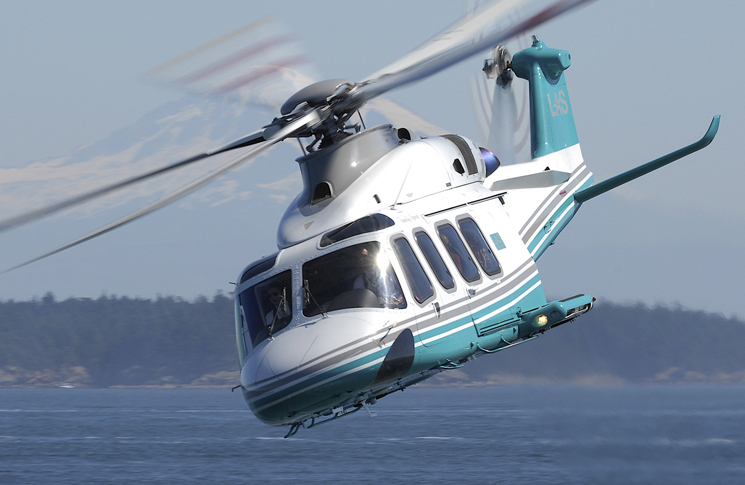
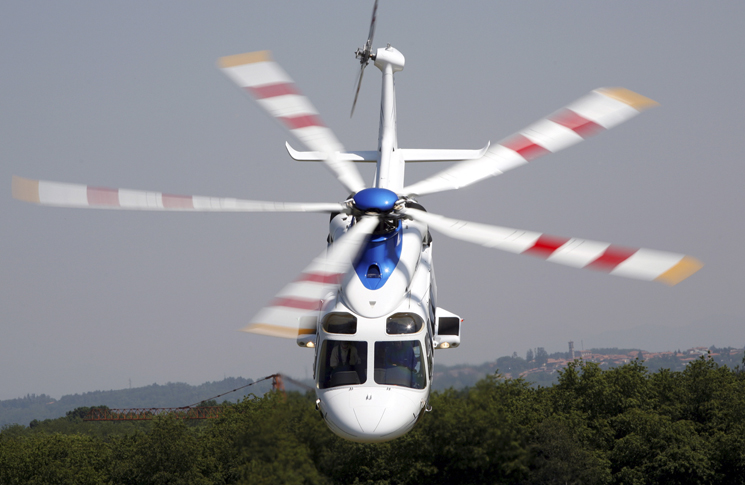
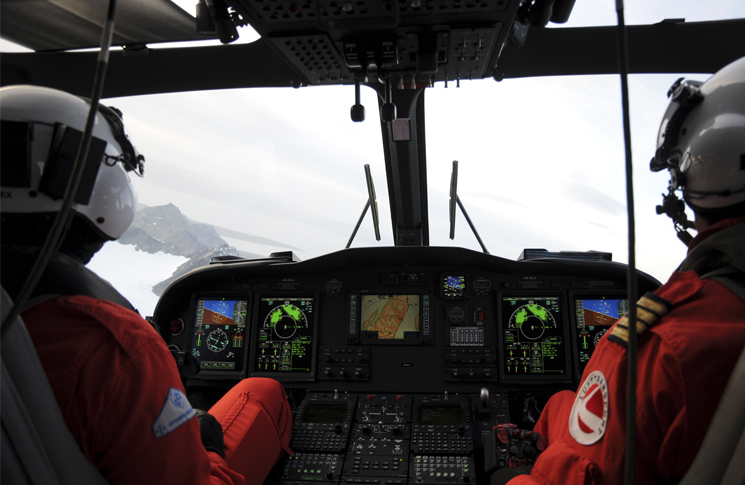
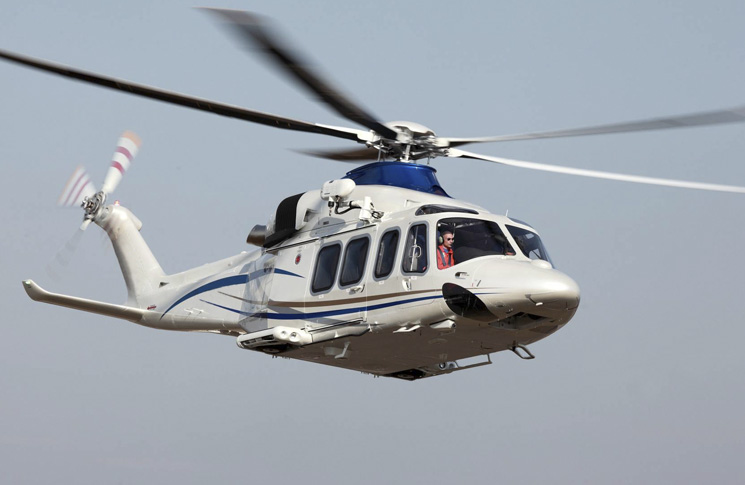
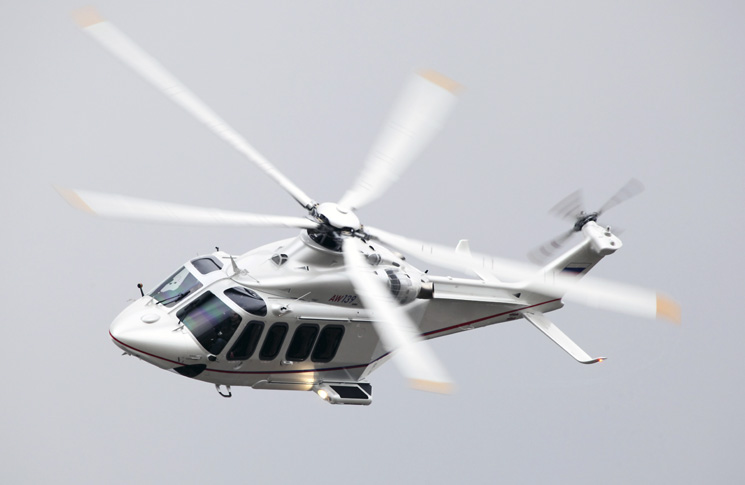
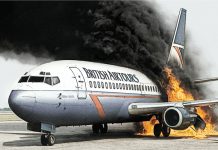



Comments are closed.